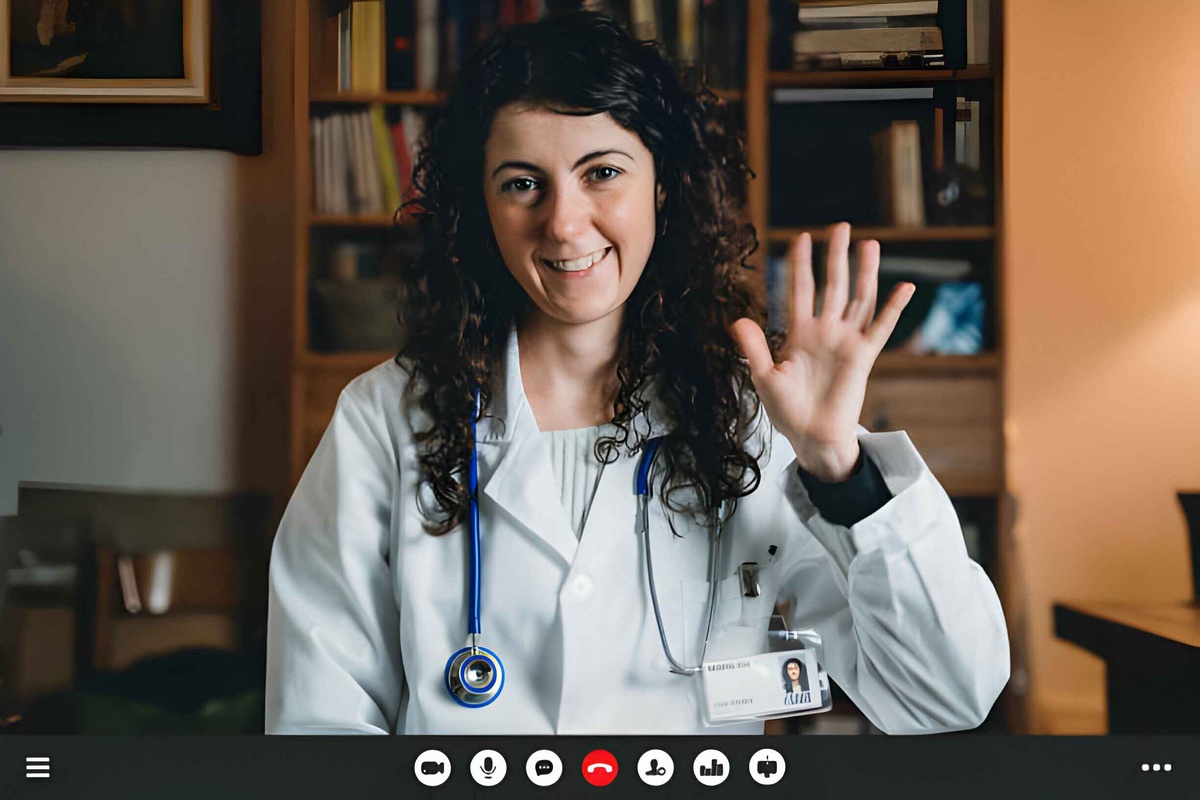In recent years, remote patient monitoring devices have emerged as a valuable tool in healthcare, offering numerous benefits to patients. These devices, ranging from wearable sensors to smartphone apps, enable healthcare providers to remotely monitor patients' vital signs, symptoms, and overall health status outside of traditional clinical settings. Here, we delve into how remote patient monitoring devices are proving beneficial for patients.
Enhanced Convenience and Comfort
One of the most significant advantages of Remote Patient Monitoring Devices is the convenience they offer to patients. Instead of frequent visits to healthcare facilities, patients can now undergo monitoring from the comfort of their own homes. This eliminates the need for travel, reduces waiting times, and allows patients to carry on with their daily activities uninterrupted. The convenience factor can greatly improve patient satisfaction and engagement with their healthcare.
Early Detection of Health Issues
Remote patient monitoring devices facilitate early detection of health issues by continuously monitoring patients' vital signs and symptoms. Any deviations from normal parameters can be promptly detected, allowing healthcare providers to intervene early and prevent complications. This proactive approach to healthcare can lead to better health outcomes and reduced hospital admissions.
Improved Disease Management
For patients with chronic conditions such as diabetes, hypertension, or heart disease, remote patient monitoring devices play a crucial role in disease management. These devices enable patients to track their health metrics regularly and provide healthcare providers with real-time data for timely intervention. By empowering patients to take control of their health and facilitating ongoing monitoring, these devices can help improve disease management and reduce the risk of complications.
Enhanced Patient Engagement and Empowerment
Remote patient monitoring devices promote greater patient engagement and empowerment by involving patients in their own care. Through access to their health data and personalized feedback, patients become more actively involved in managing their health conditions. This increased involvement can lead to better adherence to treatment plans, healthier lifestyle choices, and ultimately, improved health outcomes.
Cost Savings
In addition to benefiting patients, remote patient monitoring devices also offer cost savings to healthcare systems. By reducing the need for hospital admissions, emergency department visits, and in-person consultations, these devices help lower healthcare costs. Furthermore, early detection and intervention can prevent the progression of health issues, resulting in long-term cost savings for both patients and healthcare providers.
Remote Monitoring for Vulnerable Populations
Remote patient monitoring devices are particularly beneficial for vulnerable populations, such as the elderly or individuals with mobility issues. For these individuals, regular visits to healthcare facilities can be challenging and sometimes impossible. Remote monitoring allows healthcare providers to keep a close eye on their health status without the need for frequent in-person visits. This can provide peace of mind to both patients and their caregivers, knowing that their health is being monitored closely even from a distance.
Timely Intervention and Personalized Care
With remote patient monitoring devices, healthcare providers can intervene promptly when abnormalities are detected in patients' health metrics. This timely intervention can prevent the escalation of health issues and enable healthcare providers to provide personalized care tailored to each patient's specific needs. By leveraging real-time data and advanced analytics, healthcare providers can offer more precise and effective interventions, leading to better patient outcomes.
Remote Consultations and Telemedicine
In addition to remote monitoring, many remote patient monitoring devices also support remote consultations and telemedicine services. This allows patients to communicate with their healthcare providers via video calls or messaging platforms, eliminating the need for in-person visits for routine follow-ups or consultations. Telemedicine not only enhances accessibility to healthcare services but also reduces the burden on healthcare facilities and frees up resources for patients who require in-person care.
Support for Self-Management and Health Education
Remote patient monitoring devices often come with features that support patient self-management and health education. Patients can receive personalized insights and recommendations based on their health data, empowering them to make informed decisions about their health. Additionally, these devices can deliver educational content and reminders to patients, helping them better understand their conditions and adhere to their treatment plans.
Integration with Healthcare Systems
As remote patient monitoring becomes increasingly integrated with healthcare systems, the potential for improved coordination and continuity of care grows. Health data collected from remote monitoring devices can be seamlessly integrated into electronic health records, allowing healthcare providers to have a comprehensive view of patients' health status. This integration facilitates collaboration among healthcare teams and ensures that patients receive cohesive and coordinated care across various healthcare settings.
Conclusion
remote patient monitoring devices offer a wide range of benefits to patients, including enhanced convenience, early detection of health issues, improved disease management, increased patient engagement, and cost savings. As these devices continue to evolve and become more widespread, they have the potential to revolutionize the way healthcare is delivered, leading to better outcomes for patients and healthcare systems alike.


No comments yet